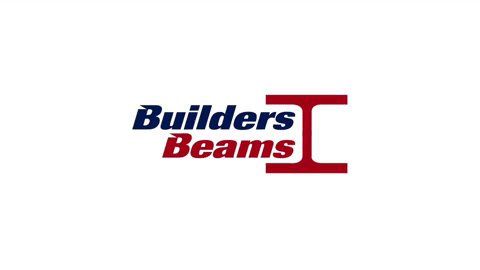When it comes to steel installation on construction sites, ensuring the safety of workers and compliance with regulations is paramount. The heavy nature of steel and the complex processes involved in its installation pose potential risks if proper health and safety practices are not followed. This article will provide an overview of the best practices for on-site safety during steel installation, emphasizing the importance of creating a secure work environment while adhering to regulatory requirements.
Conduct Thorough Risk Assessments
Before commencing any steel installation project, conducting a comprehensive risk assessment is essential. Identify potential hazards such as falls from height, manual handling injuries, and risks associated with the use of heavy machinery. Assess the site layout, structural stability, and environmental factors that may impact safety. By understanding the risks involved, you can develop appropriate control measures to mitigate them effectively.
Ensure Proper Training and Competence
A well-trained and competent workforce is crucial for maintaining on-site safety during steel installation. Provide comprehensive training programs to workers, covering areas such as safe lifting techniques, the use of personal protective equipment (PPE), and emergency procedures. Regularly assess the competence of employees to ensure they are up to date with the latest safety protocols and practices.
Implement Adequate Personal Protective Equipment (PPE)
Personal Protective Equipment plays a vital role in safeguarding workers during steel installation. Provide appropriate PPE such as hard hats, steel-toed boots, high-visibility vests, gloves, and safety harnesses. Regularly inspect and maintain the PPE to ensure it is in good condition and meets safety standards. Encourage workers to always wear their protective gear when on-site.
Maintain a Clean and Organized Work Area:
A cluttered and disorganized work area can increase the risk of accidents during steel installation. Promote good housekeeping practices to maintain a clean and organized site. Clear debris, secure loose tools, and equipment, and establish designated areas for storage. Keeping the work area tidy reduces the likelihood of trips, falls, and other incidents.
Utilize Safe Lifting Techniques
Lifting heavy steel components requires proper techniques to prevent musculoskeletal injuries. Train workers on safe lifting practices, including bending at the knees, keeping the back straight, and using lifting aids and equipment when necessary. Encourage teamwork and communication during lifting operations to ensure everyone is coordinated and aware of potential hazards.
Securely Install Steel Structures
During the installation process, ensure that steel structures are securely anchored and braced to prevent collapse or displacement. Follow manufacturer guidelines and engineering specifications for proper installation procedures. Regularly inspect connections, welds, and fastenings to identify any signs of weakness or deterioration. Engage qualified professionals for complex installations or when structural integrity is a concern.
Establish Emergency Response Procedures
Prepare and communicate clear emergency response procedures to all workers involved in steel installation. Establish evacuation routes, assembly points, and a system for reporting incidents and near-misses. Conduct regular drills to familiarize workers with emergency procedures and ensure they can respond effectively in critical situations.
In Conclusion, Maintaining on-site safety during steel installation is crucial for protecting workers and complying with regulations. By conducting thorough risk assessments, providing proper training, utilizing personal protective equipment, maintaining a clean work area, using safe lifting techniques, securely installing steel structures, and establishing emergency response procedures, you can create a safe work environment. Prioritizing on-site safety reduces the risk of accidents and injuries, enhances productivity, and fosters a culture of responsibility among workers.
Categories
Archives
- April 2024 (5)
- March 2024 (2)
- February 2024 (1)
- January 2024 (3)
- December 2023 (2)
- November 2023 (1)
- September 2023 (4)
- August 2023 (3)
- July 2023 (1)
- June 2023 (7)
- May 2023 (2)
- April 2023 (14)
- March 2023 (15)
- February 2023 (7)
- January 2023 (6)
- December 2022 (5)
- November 2022 (1)
- October 2022 (4)
- September 2022 (3)
- August 2022 (1)
- July 2022 (2)
- June 2022 (2)
- April 2022 (4)
- March 2022 (1)
- February 2022 (1)
- December 2021 (3)
- March 2021 (2)
- October 2020 (1)
- September 2020 (1)
- July 2020 (1)
- June 2020 (1)
- May 2020 (2)
- April 2020 (2)
- March 2020 (3)
- February 2020 (2)
- January 2020 (1)
- December 2019 (2)
- November 2019 (1)
- October 2019 (1)
- September 2019 (3)
- August 2019 (1)
- July 2019 (4)
- June 2019 (4)
- May 2019 (1)
- April 2019 (4)
- March 2019 (2)
- February 2019 (4)
- January 2019 (4)
- December 2018 (4)
- November 2018 (4)
- October 2018 (5)
- September 2018 (6)



